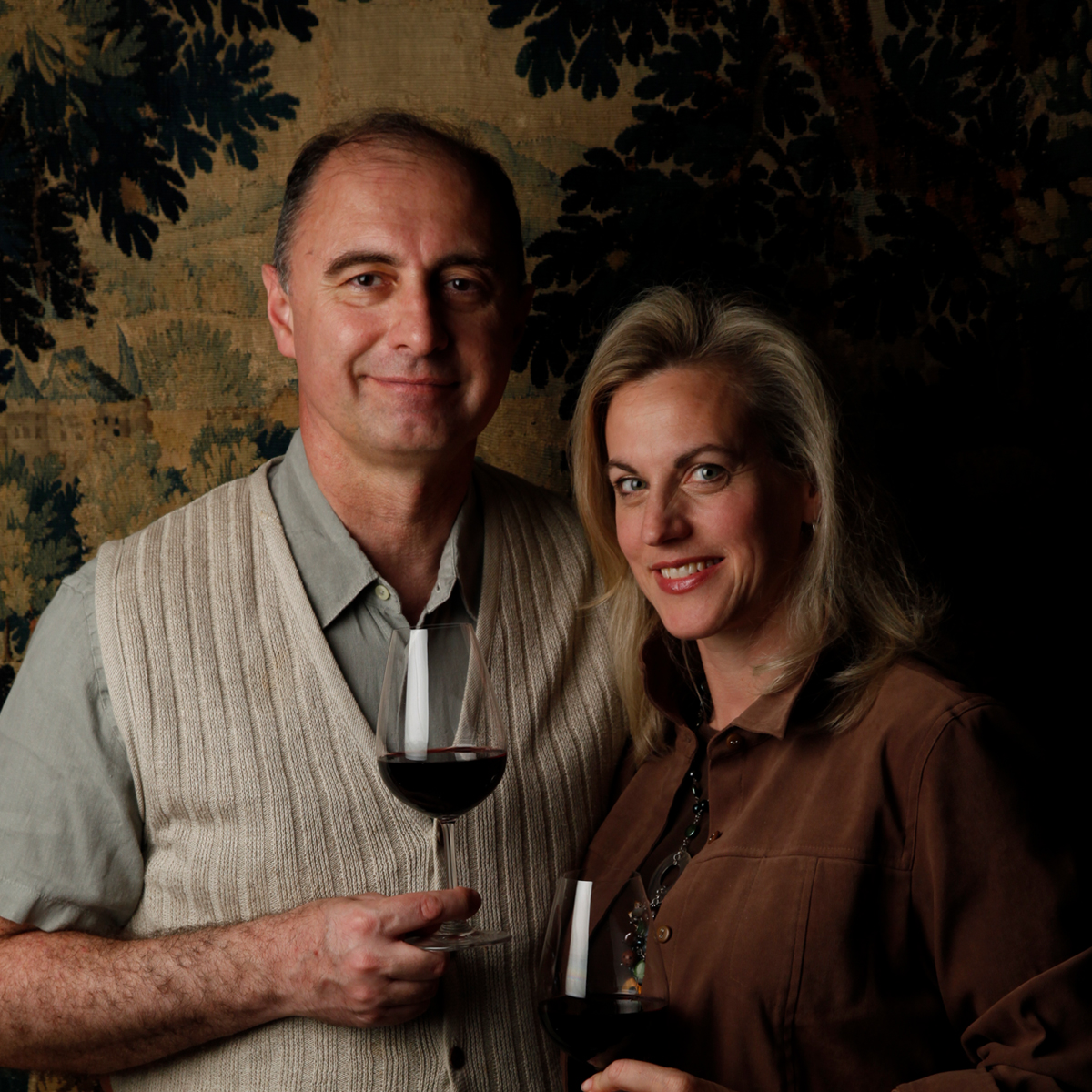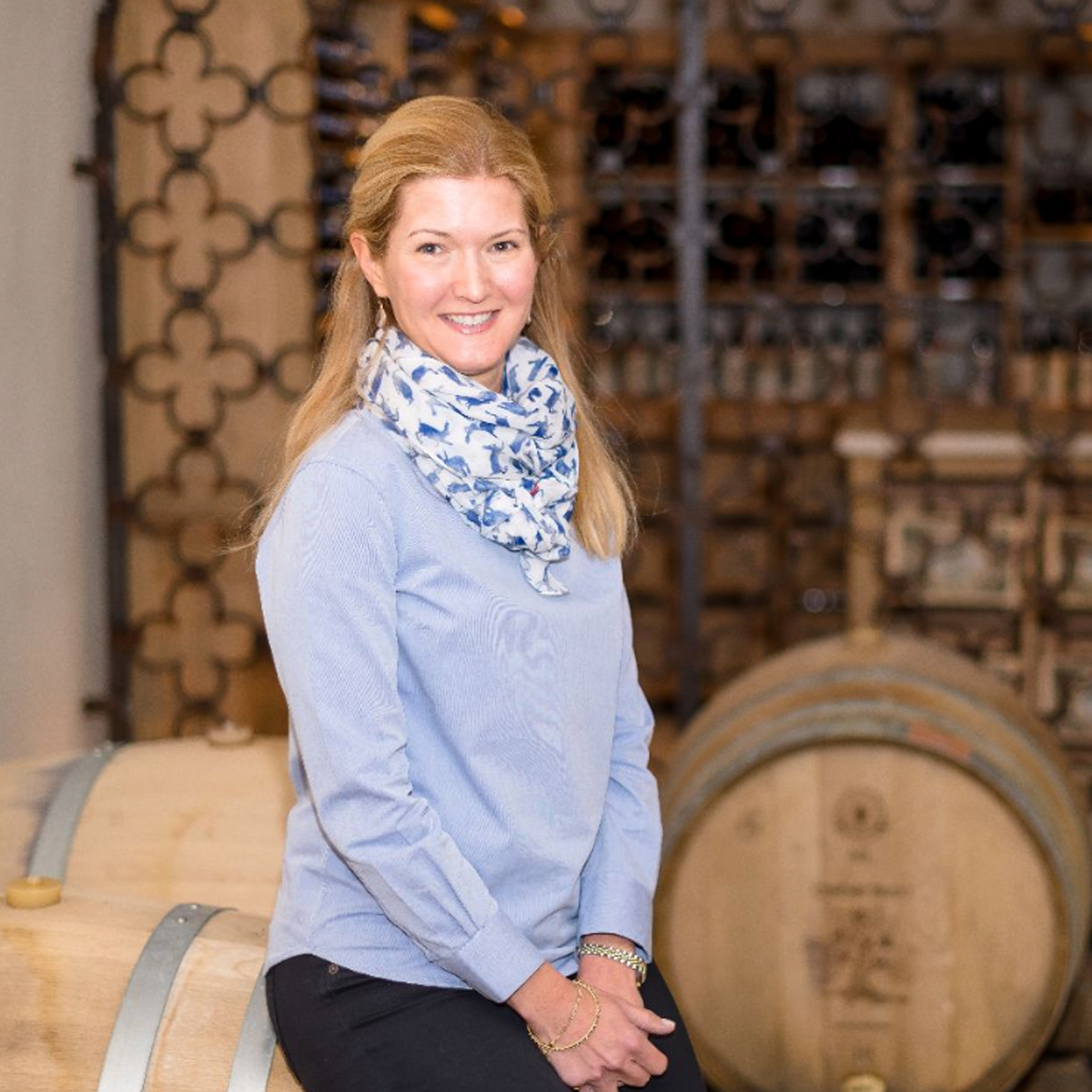Chêne Bleu Story


Located on the same latitude as Châteauneuf-du-Pape and nestled in the hills of Les Dentelles de Montmirail, Chêne Bleu has the highest elevation in the region at 550-630 meters. The resulting cool nights and late harvest bring desirable ‘Northern Rhône-style' freshness to the Southern Rhône's rich concentration of fruit and tannin.


History
Blessed with a confluence of natural factors, Chêne Bleu has the benefit of an exceptional location, multifaceted geology, and a southern Rhône climate with soils more typical of the northern Rhône.
Isolated and protect...


Vineyards
Situated near the crossroads of four southern Rhône appellations — Gigondas, Côtes du Ventoux, Côtes du Rhône and Séguret — the vineyards at Chêne Bleu are planted on the slopes of the Dentelles de Montmirail with varied...


Winemaking
Harvest is by hand, and yields are deliberately tiny (usually 14 to 25 hectoliters per hectare), compared to the average of 30 to 45 hl/ha for most super-premium wines in nearby Châteauneuf-du-Pape and Gigondas, and 60 h...
Biographies

Rhône Valley
The Rhône Valley wine region, located in the southeastern part of France, is one of the country’s most important and diverse wine-producing areas. It spans along the Rhône River, from the city of Lyon to the Mediterranean coast, and is known for its rich history, varied terroirs, and exceptional wines.






